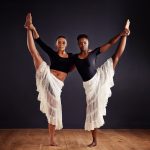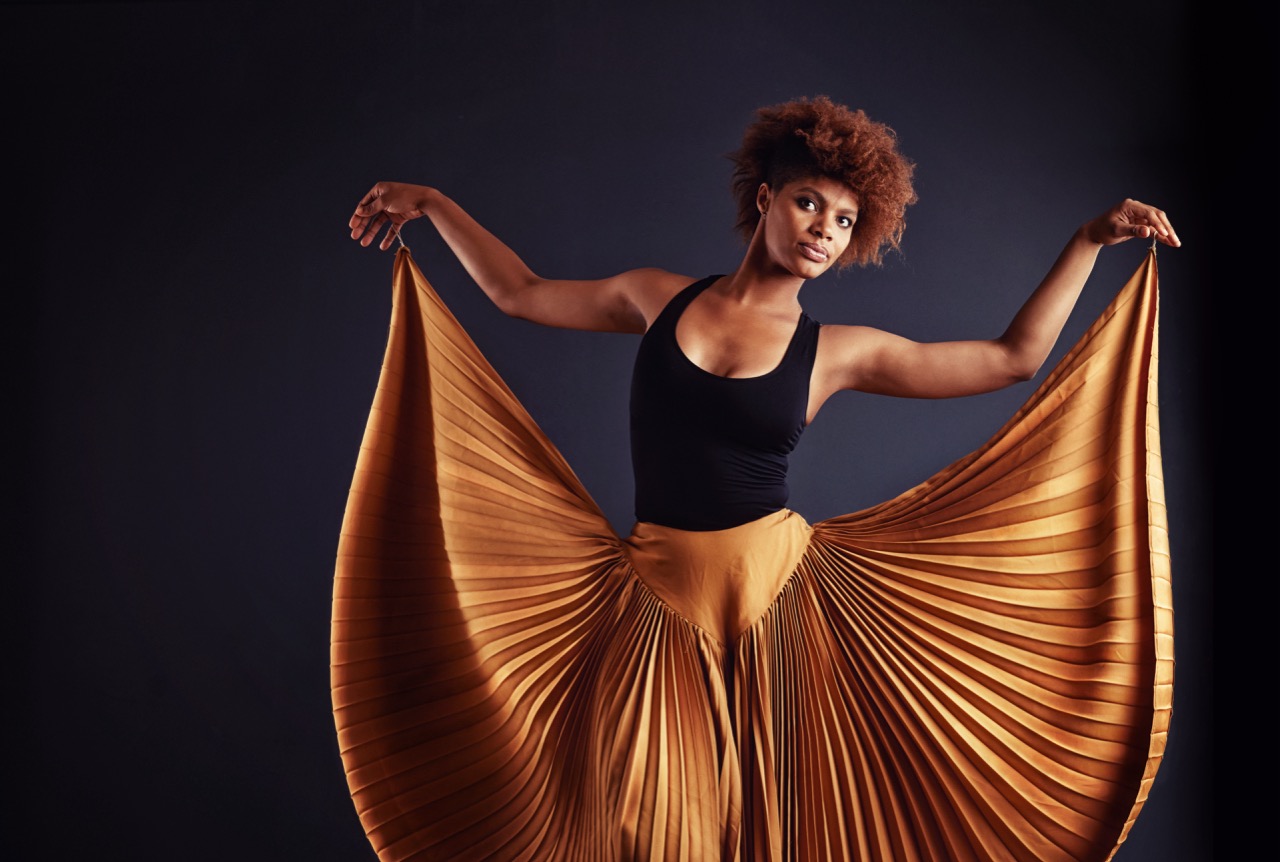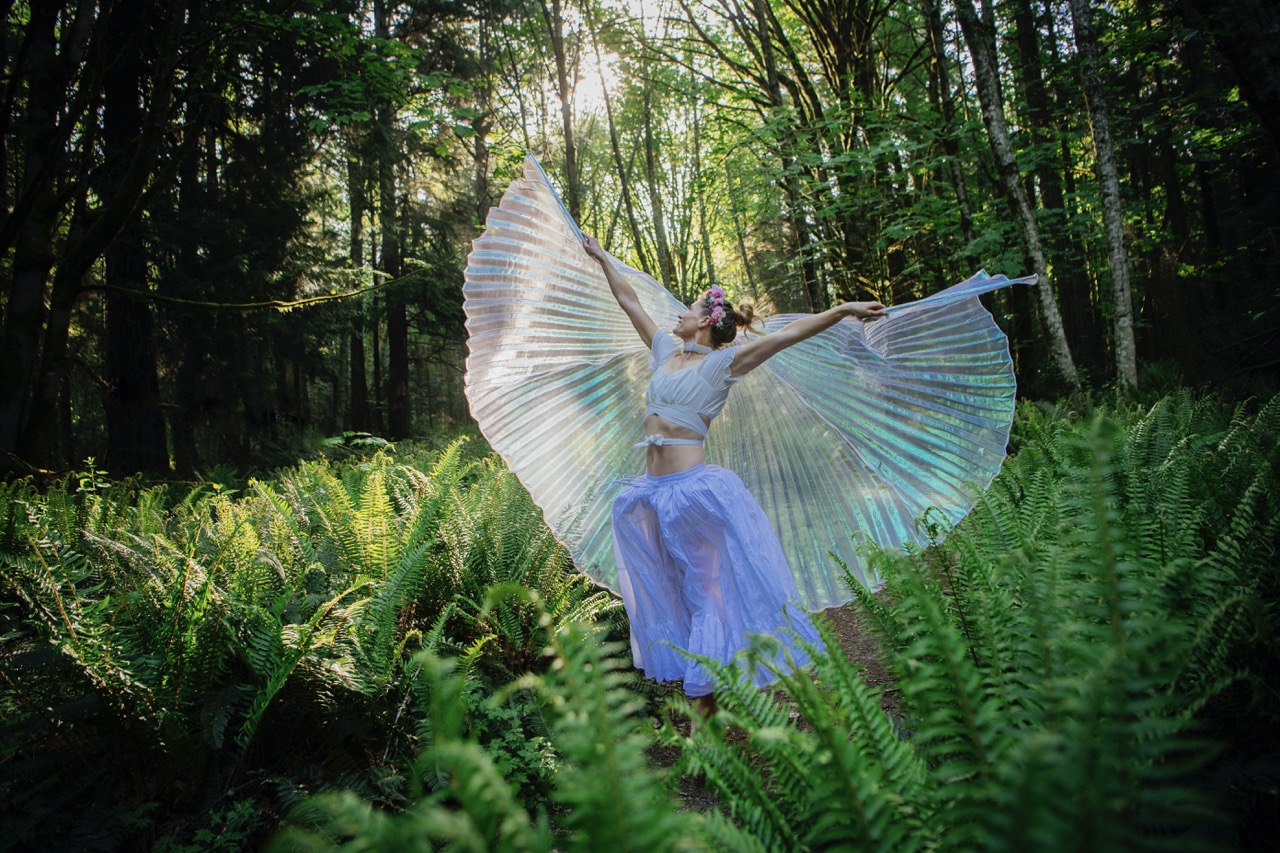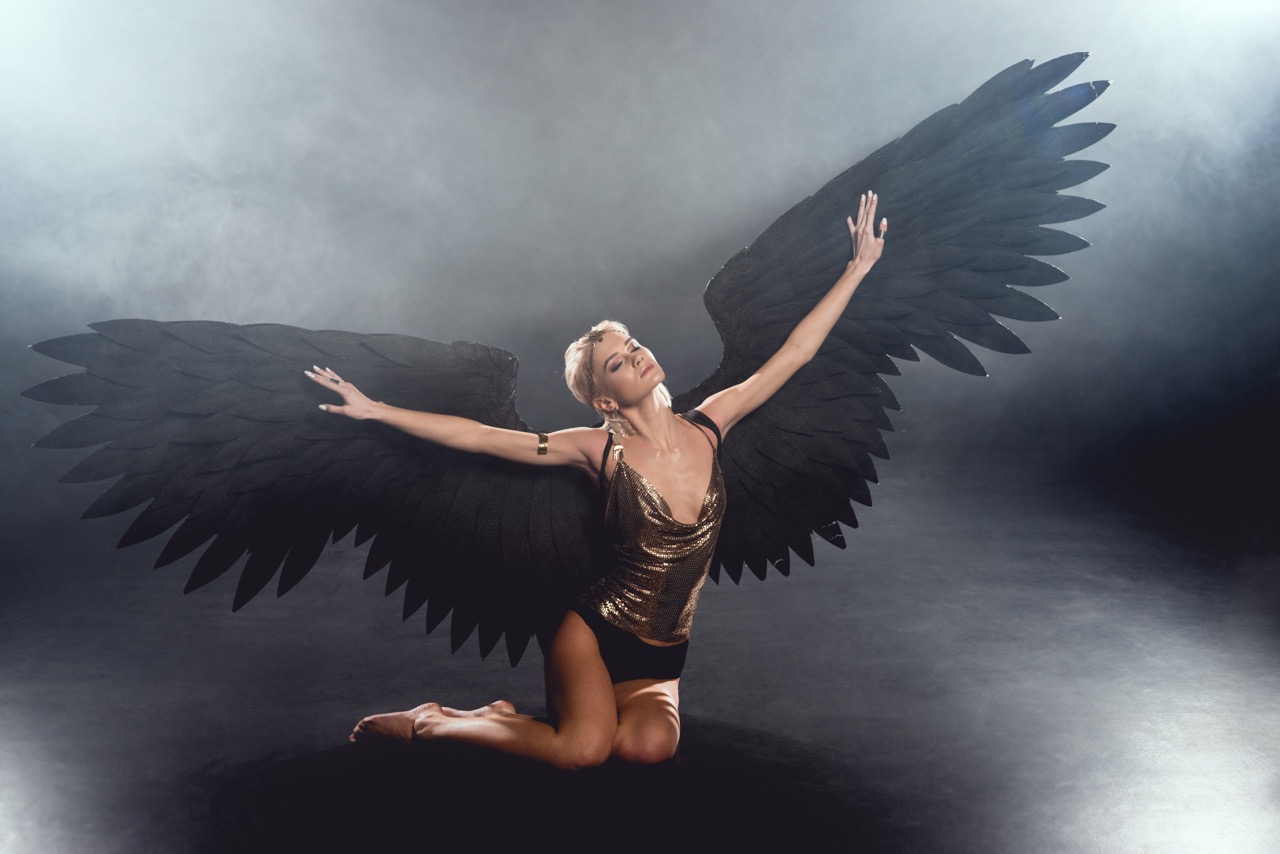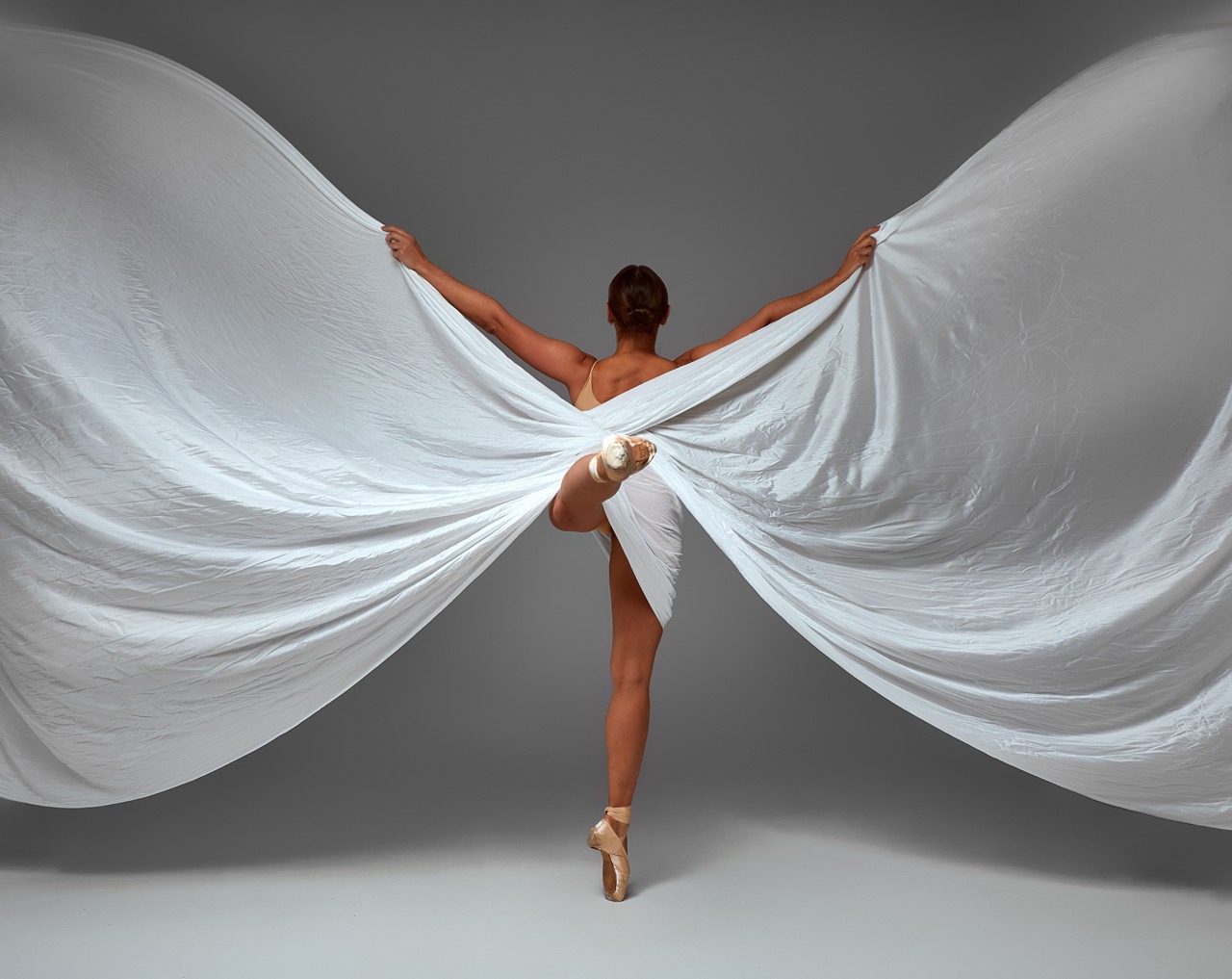Dance has long served as a universal language, transcending cultures and time periods to convey emotion, story, and artistry. Among the myriad forms of dance, ballet and contemporary dance stand out as two of the most influential styles, each with its own unique characteristics, history, and appeal. While ballet showcases a classical aesthetic rooted in discipline and tradition, contemporary dance embraces innovation and fluidity, often defying conventional norms. This article delves into the intricate tapestry that is ballet and contemporary dance, examining their foundational principles, evolution, techniques, and shared elements.
The Graceful Foundations: Exploring Ballet’s Timeless Roots
Ballet, often regarded as the cornerstone of classical dance, has its origins in the Italian Renaissance of the 15th century. It quickly evolved into a formalized art form in France and Russia, where it gained prominence through the establishment of ballet academies and the development of distinct styles. Ballet is characterized by its structured techniques, including positions of the feet, precise movements, and an emphasis on poise and grace. Key figures like Pierre Beauchamp and Marius Petipa played pivotal roles in codifying these techniques, laying the foundation for the rich repertoire that dancers perform today.
The aesthetic of ballet is often described as ethereal, with an emphasis on storytelling and character portrayal. Classic ballets such as "Swan Lake," "The Nutcracker," and "Giselle" feature elaborate narratives that transport audiences to fantastical worlds. The use of elaborate costumes, intricate choreography, and a strong emphasis on musicality further enhances the experience. Moreover, ballet has established a rigorous training regimen that promotes physical discipline, strengthening the body while cultivating artistry. This rigorous approach not only preserves its time-honored traditions but also discerns the technical prowess required for its execution.
Despite its traditional roots, ballet is not immune to change. In recent years, many choreographers have sought to modernize ballet, integrating contemporary themes and styles into their work. This evolution reflects a broader trend in the dance world, where the lines between various styles are increasingly blurred. Nevertheless, the fundamental aspects of ballet remain intact, continuing to serve as a foundation for many dancers who pursue diverse forms of movement.
Breaking Boundaries: The Evolution of Contemporary Dance
Contemporary dance emerged in the mid-20th century as a response to the rigid structures of ballet and other classical forms. It reflects the evolving cultural landscape, often drawing inspiration from various artistic movements, social issues, and personal experiences. Unlike ballet, contemporary dance prioritizes individual expression and improvisation, allowing choreographers and dancers to explore a wider range of themes and emotions. This artistic freedom has fostered an explosion of creativity, resulting in a diverse array of styles, from release technique to contact improvisation.
Choreographers such as Martha Graham, Merce Cunningham, and Pina Bausch were instrumental in shaping contemporary dance’s identity. Their innovative approaches challenged conventional norms, incorporating elements of theater, visual arts, and even politics into their work. As a result, contemporary dance transcends mere movement, often engaging audiences on a deeper intellectual and emotional level. This style encourages dancers to utilize their bodies as instruments of expression, moving away from the formalities of ballet to embrace raw, authentic movement that speaks to the human experience.
Today, contemporary dance continues to evolve, often merging with other styles to create hybrid forms that reflect the complexities of modern life. The exploration of technology within performance, along with an emphasis on interdisciplinary collaboration, showcases the genre’s adaptability. As artists push boundaries and redefine traditional concepts, contemporary dance remains a dynamic platform for self-expression and cultural commentary, appealing to a diverse audience that craves innovation.
Technique and Expression: Contrasting Dance Styles
When comparing ballet and contemporary dance, technique serves as a significant point of differentiation. Ballet is defined by its codified movements, strict adherence to form, and emphasis on alignment and strength. Dancers undergo extensive training to master the fundamental positions and techniques, such as pirouettes, pliés, and arabesques. The precision and control required in ballet create a visual spectacle that captivates audiences, showcasing the dancer’s technical skill and discipline. This structured approach also fosters a sense of respect for tradition and lineage, as many ballet techniques have been preserved for centuries.
Conversely, contemporary dance encourages experimentation and fluidity, allowing performers to explore a variety of movements that are often unrestrained by formal technique. While many contemporary dancers possess a background in ballet, they utilize this training to inform their practice rather than constrain it. The emphasis on improvisation and personal interpretation allows for a broader range of movement, often incorporating elements of everyday life into choreographed pieces. This flexibility fosters a sense of individuality among dancers, enabling them to communicate their unique perspectives and experiences through movement.
The expressive qualities of both styles, while rooted in different philosophies, ultimately serve the same purpose: to convey emotion and connect with audiences. Ballet often embodies a sense of elegance and beauty, while contemporary dance embraces vulnerability and authenticity. Both forms invite viewers to engage with the emotional content of the performance, whether through the sublime grace of a ballet solo or the visceral energy of a contemporary piece. In this way, despite their differences, both ballet and contemporary dance offer rich avenues for artistic expression.
Common Threads: Where Ballet and Contemporary Meet
Although ballet and contemporary dance may appear starkly different on the surface, they share common threads that bind them together. Both forms prioritize the importance of movement as a mode of storytelling, utilizing the body to articulate complex emotions and narratives. In ballet, this storytelling often adheres to a structured format, complete with character arcs and scenic elements. In contrast, contemporary dance allows for a more abstract interpretation of narrative, where the focus may shift from plot to emotional resonance, but the intention of communication remains central.
Moreover, the influence of ballet on contemporary dance is undeniable. Many contemporary choreographers draw inspiration from classical ballet techniques, integrating them into their work to create innovative hybrid styles. This blending of techniques enriches the contemporary dance landscape, allowing dancers to transition seamlessly between the two forms. The technical precision of ballet often enhances the physicality and artistry of contemporary choreography, resulting in a compelling visual experience that resonates with diverse audiences.
Lastly, both ballet and contemporary dance are continually evolving, reflecting society’s changing values and cultural landscapes. As artists from diverse backgrounds contribute their voices and perspectives to these forms, both genres are enriched by new ideas and practices. The synthesis of tradition and innovation ensures that both ballet and contemporary dance remain relevant, vibrant, and impactful, captivating audiences with their unique interpretations of the human experience.
In conclusion, while ballet and contemporary dance may differ in their techniques, structures, and historical roots, they are bound by a common purpose: to express the intricacies of human emotion and experience through movement. As dancers continue to explore and redefine these forms, the dialogue between ballet and contemporary dance enriches the artistic landscape, paving the way for future generations of artists. The beauty of dance lies in its ability to evolve while honoring its past, inviting audiences to engage with a world where tradition and innovation coexist harmoniously.




